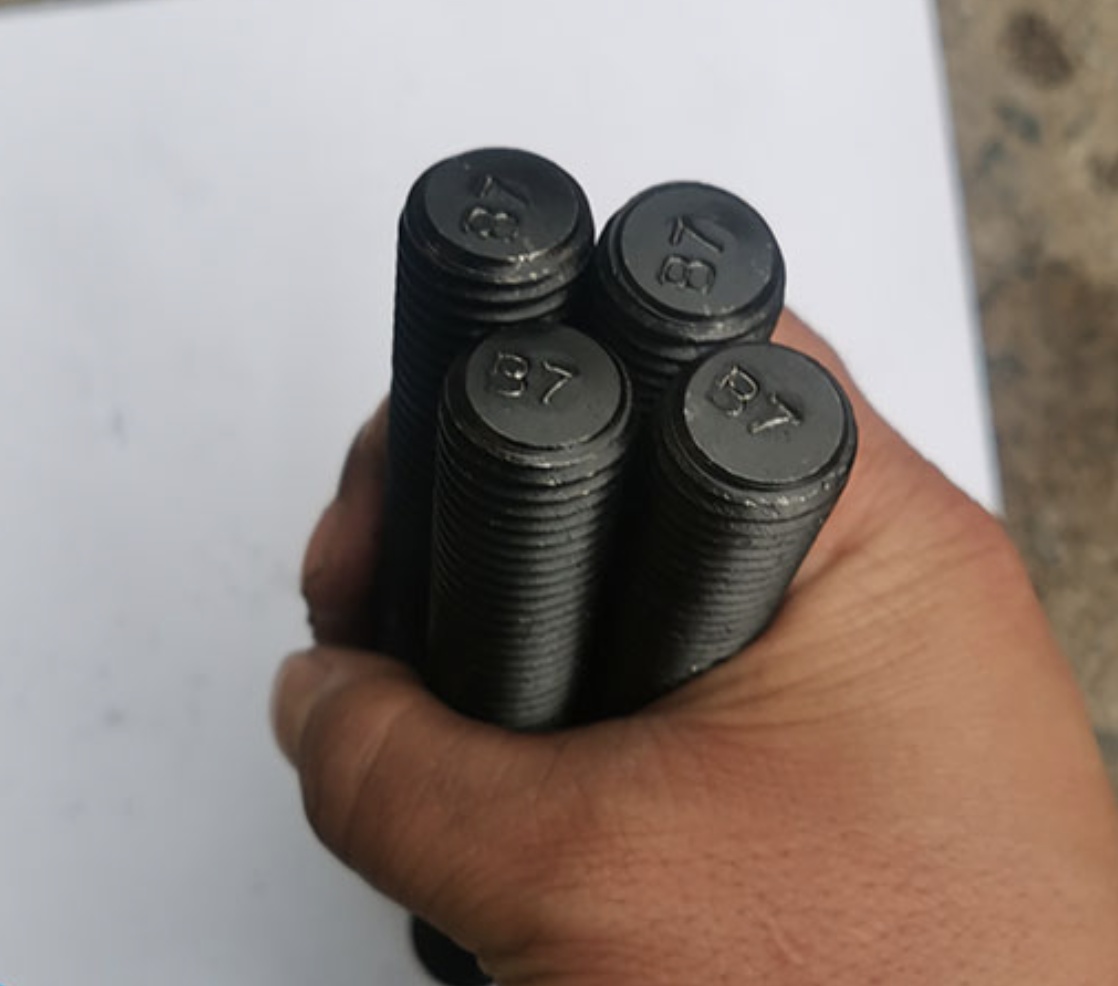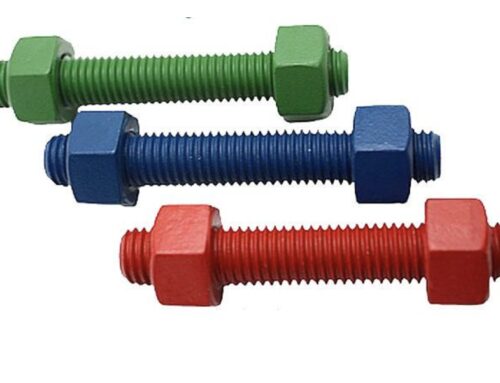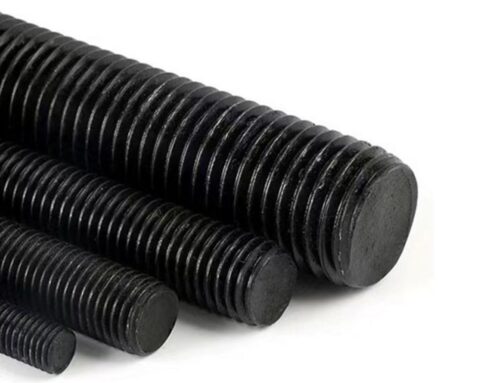Stud bolts manufactured to ASTM A193 Grade B7 and B7M are widely used in high-temperature and high-pressure applications such as refineries, chemical plants, and power generation facilities. While these grades share similarities, they have important differences in mechanical properties, hardness, and application suitability.So when engineers select the material for stud bolt,they should consider which one is more suitable for the projects
Both ASTM A193 Grade B7 and B7M grade are produced under ASTM A193 standard.
The ASTM standard covers alloy steel and stainless steel bolting materials for high temperature or high-pressure service.
1. Material Composition
- Both ASTM A193 B7 and B7M are made from chromium-molybdenum alloy steel, AISI 4140,providing excellent strength and corrosion resistance in high-stress environments,they have the some compostion.
ASTM A193 Grade B7 and B7M is a chromium-molybdenum alloy steel designed for high-temperature and high-pressure bolting applications. Its chemical composition is strictly controlled to meet performance requirements. Below is the standard composition:
| Element | Composition (%) |
|---|---|
| Carbon (C) | 0.37–0.49 |
| Manganese (Mn) | 0.65–1.10 |
| Phosphorus (P) | 0.035 max |
| Sulfur (S) | 0.040 max |
| Silicon (Si) | 0.15–0.35 |
| Chromium (Cr) | 0.75–1.20 |
| Molybdenum (Mo) | 0.15–0.25 |
2. Mechanical Properties
- Grade B7:
- High tensile strength: Minimum 860 MPa (125 ksi).
- Yield strength: Minimum 725 MPa (105 ksi).
- Suitable for demanding environments requiring robust strength.
- Grade B7M:
- Reduced tensile strength: Minimum 690 MPa (100 ksi).
- Lower yield strength: Minimum 550 MPa (80 ksi).
- This softer grade is less prone to brittle failure in corrosive or hydrogen-rich environments.
A193 B7M stud bolt has a minimum tensile strength of 100 ksi for diameters under 4”.
The minimum tensile strength for A193 B7 stud bolt is 125 ksi for diameters under 2-1/2”, and 115 ksi for 2-1/2” – 4” diameter.
3. Hardness Requirements
- B7: Maximum hardness is capped at 35 HRC to balance strength and toughness.
- B7M: Maximum hardness is restricted to 22 HRC, enhancing ductility and reducing the risk of stress-corrosion cracking.
- Hardness is probably the most significant difference between A193 B7M & A193 B7. The maximum hardness of ASTM A193 B7M is 235 HB or 99 HRB, while the maximum hardness of A193B7 is 321 HB or 35 HRC. The most notable difference from a manufacturing perspective is that when providing A193B7M sutd bolts, every individual bolt or stud in the lot must be hardness tested.
- A193 B7M stud bolt will also require a different grade of heavy hex nut than A193 B7, which would be ASTM A194 Grade 2HM.
4. Applications
- B7 Stud Bolts:
- Ideal for high-pressure, non-corrosive environments. Commonly used in steam boilers and other high-temperature systems.
- B7M Stud Bolts:
- Designed for corrosive and hydrogen-rich environments where embrittlement or stress corrosion is a concern, such as offshore oil rigs and chemical processing facilities.
The choice between ASTM A193 Grade B7 and B7M stud bolts depends on the application environment. B7 offers superior strength for general high-pressure systems, while B7M is optimized for reliability in corrosive or sensitive settings.



